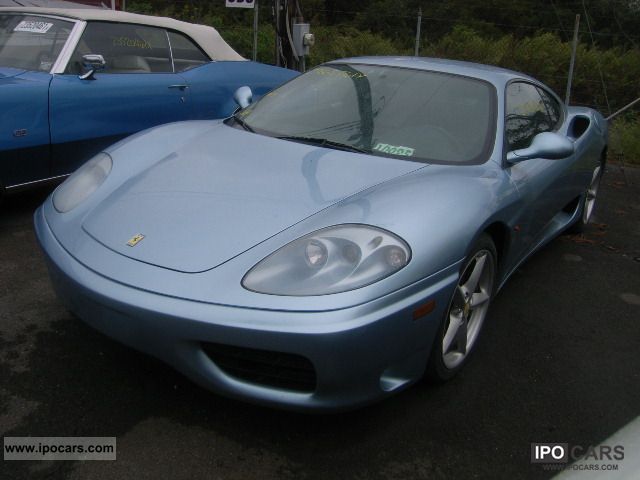
The Porsche 911 Carrera RS 2.7 was a road-legal model created with the intention of enabling customers to participate in racing events. Side and front view of a 1973 Porsche 911 Carrera RS The C2 Corvette also introduced innovations like the availability of hydraulic power steering and powerful 327 V-8 engine options, with up to 360 horsepower depending on selected configurations. Ultimately, the split window was included for only one year. While Zora expressed concerns about safety, Bill insisted it was a crucial element of the car's unique design. Another notable design aspect was the iconic split rear window, which sparked debate between Zora and Bill. One of the standout features that Zora fought to preserve in the C2 Corvette was the independent rear suspension, a revolutionary advancement in the American performance car market that set the Corvette apart. This generation of Corvette was an evolution from the previous C1 model. The second-generation Chevrolet Corvette, which was produced from 1963 to 1967 and commonly known as the Sting Ray, was a remarkable creation born out of the collaborative efforts of designers and engineers Zora Arkus-Duntov and Bill Mitchell. Performanceįront and side shot of a blue 1967 Chevrolet Corvette Stingray C2 parked These technological innovations not only distinguished the E-Type but also sparked industry-wide changes, shaping the future of automotive engineering and design.

Moreover, it featured notable advancements such as unitary construction, disc brakes, rack-and-pinion steering, and independent front and rear suspension. It claimed a top speed of 150 miles per hour, with acceleration from 0 to 60 mph achieved in under seven seconds. The E-Type boasted impressive performance features that set it apart from its contemporaries. Drawing inspiration from Jaguar's D-Type racing car, the E-Type captivated enthusiasts with its timeless design and captivating aesthetics. One such iconic Jaguar sports car is the E-Type, which was in production from 1961 to 1974. Although Jaguar didn't produce a multitude of sports cars, nearly every model they crafted was hailed as the epitome of automotive beauty. The standard transmission has a floor-mounted shift lever, and the optional unit has electrohydraulic, Formula One-style paddles mounted on the steering column that allow changing gears without removing hands from the steering wheel.įerrari says the 360 reaches 60 miles per hour in 4.5 seconds and can cruise to a top speed of more than 180 mph.Within the classic car archives, two marques frequently evoke the word "beautiful." One is Ferrari, renowned for its collaboration with Pininfarina, while the other is Jaguar.

#2000 ferrari models manual#
With the engine mounted behind the seats, there is a luggage area in the front and a cargo bench behind the seats that is big enough to carry a golf bag.Ī 400-horsepower 3.6-liter V-8 mounted behind the seats and ahead of the rear axle powers the rear-drive 360 and teams with a six-speed manual transmission. The two bucket seats are available in 12 shades of leather, and Ferrari advises that customers can even choose the color of the stitching.

Aluminum is used for the body, chassis and suspension, which trims the curb weight to 3,064 pounds more than 200 pounds less than the predecessor F355.Īt 176 inches long, the 360 is about the same length as a Honda Civic, which at 55 inches high, is 7 inches taller than the Modena. Large, functional air intakes cool the dual radiators and the engine. With a low nose, bulging fenders and fastback rear roof, the 360 has classic Ferrari styling cues. A convertible Spider version is due in the United States early in 2001. The mid-engine 360 Modena replaced the F355 last year, and it currently comes as a two-door coupe. Even if you can afford one, you might have to wait one to two years to buy a new one because most dealers have waiting lists. With a base price of $138,225, the 360 Modena is Ferraris entry-level model.


 0 kommentar(er)
0 kommentar(er)
